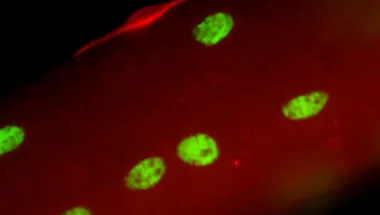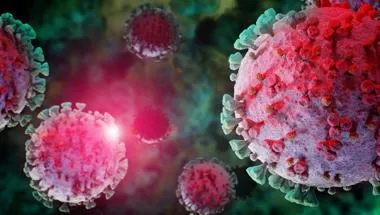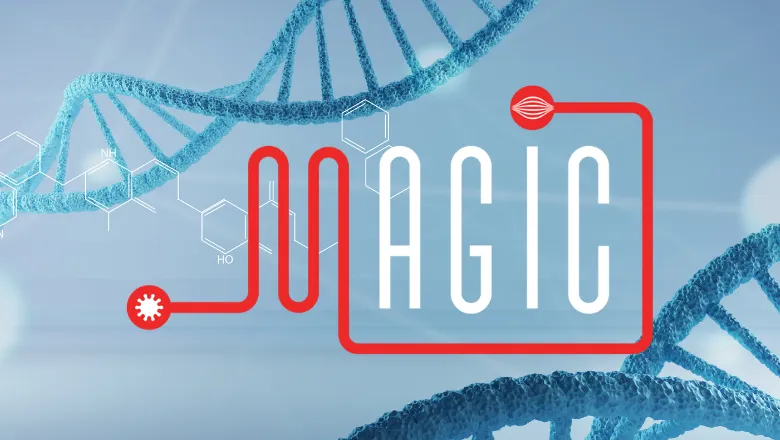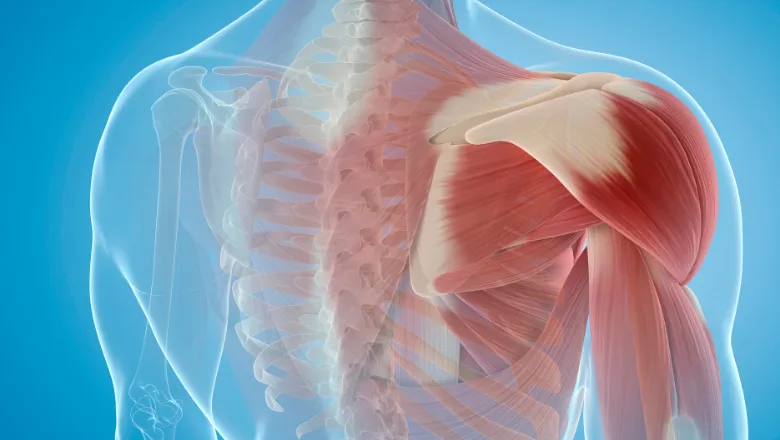
Professor Peter Zammit
Professor of Cell Biology
Research interests
- Cell Biology
Contact details
Biography
I completed a PhD in muscle regeneration at King’s College London, before working on gene regulation and heart development with Professor Margaret Buckingham at the Pasteur Institute (Paris). Next, I worked with Professor Terence Partridge investigating muscle stem cells at Imperial College London, before starting my own group at King’s College London in 2005.
My core research is directed at understanding how muscle satellite cells are regulated in healthy and diseased skeletal muscle and their roles in cancer. Skeletal muscle is an archetypal adult stem cell model, in which maintenance, growth and repair of functionally specialised post-mitotic cells is achieved by recruitment of undifferentiated precursors. The functional unit of a skeletal muscle is the myofibre: a giant syncytial cell maintained by hundreds of post-mitotic myonuclei. The routine needs for myonuclear homeostasis, together with the more sporadic demands for hypertrophy and repair, are performed by muscle satellite cells. These resident stem cells are normally mitotically quiescent in mature muscle, and so must first be activated to undergo extensive proliferation to generate myoblasts that eventually differentiate to provide new myonuclei. In muscle wasting diseases such as muscular dystrophies though, this regenerative capacity is gradually degraded.
Current research in the group includes investigating the contribution of satellite cell dysfunction and mechanisms of disease progression in Facioscapulohumeral muscular dystrophy and Emery-Dreifuss muscular dystrophy, together with developing potential therapies. We also have an interest in rhabdomyosarcoma: cancer that exhibits myogenic traits.
Research

The Zammit Group
The Zammit Group is part of the Randall Centre for Cell & Molecular Biophysics.

King’s MechanoBiology Centre (KMBC)
The King’s MechanoBiology Centre gives a common platform for researchers across different disciplines with complementary interests in mechanobiology
News
MAGIC consortium to accelerate development of gene therapies for muscular dystrophies
The MAGIC consortium brings together 15 international partners to transform the treatment landscape for muscular dystrophies

Scientists highlight a mechanism for declining muscle function in muscular dystrophy
The discovery marks an important step in understanding the molecular basis of Facioscapulohumeral muscular dystrophy.

New studies highlight a common mechanism for declining muscle function
The results improve our understanding of neuromuscular disorders

Research

The Zammit Group
The Zammit Group is part of the Randall Centre for Cell & Molecular Biophysics.

King’s MechanoBiology Centre (KMBC)
The King’s MechanoBiology Centre gives a common platform for researchers across different disciplines with complementary interests in mechanobiology
News
MAGIC consortium to accelerate development of gene therapies for muscular dystrophies
The MAGIC consortium brings together 15 international partners to transform the treatment landscape for muscular dystrophies

Scientists highlight a mechanism for declining muscle function in muscular dystrophy
The discovery marks an important step in understanding the molecular basis of Facioscapulohumeral muscular dystrophy.

New studies highlight a common mechanism for declining muscle function
The results improve our understanding of neuromuscular disorders

